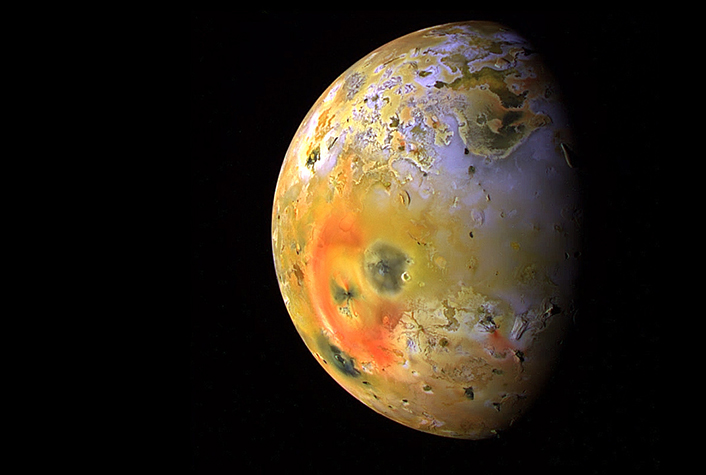How do Io’s dunes move without wind? New model explains mystery

Scientists have known about dune-like structures on Jupiter’s volcanically active moon, Io, for some time, but have been unable to reconcile how a planetary body with such a low-density atmosphere could create the classical wind-blown dunes like those observed on Earth.
In collaboration with scientists from Rutgers University, University of Oregon, the Massachusetts Institute of Technology, and the Jet Propulsion Laboratory at the California Institute of Technology, Ryan Ewing, the Robert R. Berg Professor in Texas A&M University’s Department of Geology and Geophysics proposed a new model for dune formation in the absence of strong atmospheric winds in a recently published article in Nature Communications.
This study attempts to expand scientists’ knowledge of how dunes can form on distant planetary bodies that have vastly different atmospheric conditions than those responsible for dune formation on Earth.
“The challenges in interpreting the ridge structures on Io were understanding how wind could be created and how sand could move where almost no atmosphere exists,” said Ewing. “But the lava-frost mechanism to create the flows is an entirely new mechanism for generating dunes.”

